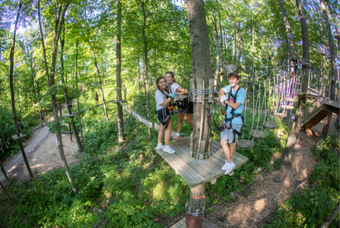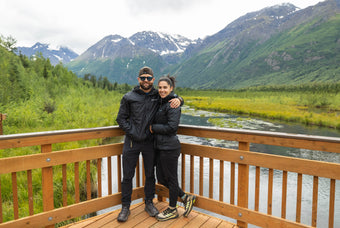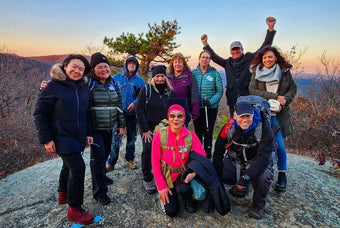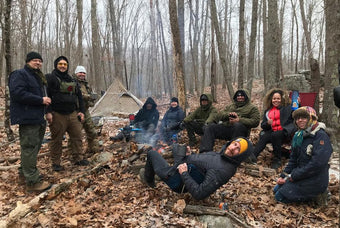Lorem ipsum dolor sit amet
Sleeping Outdoors – Making Proper Sleeping Arrangements
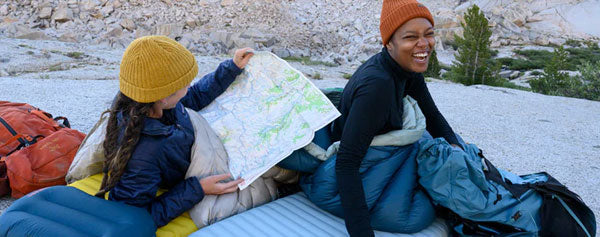
Sleeping Outdoors – Making Proper Sleeping Arrangements
Sleeping Preparation
Preparation is the key to a good night’s sleep. Start by checking the expected low temperatures during your trip and pack a sleeping bag rated slightly lower than that temp. Always use an insulating layer—such as a foam pad or self-inflating mat—between you and the ground. Hammocks are also gaining popularity for both camping and backpacking as they keep you off the cold ground.
Before packing, double-check the sleeping bag’s temperature rating to match the season. Don’t accidentally pack your summer bag for a winter trip!
Sleeping Arrangements
Cots
Ideal for campgrounds and base camps, cots provide a bed-like feel and are great for first-time campers or those with back issues. For cold weather, pair with an insulating pad underneath.
Hammocks
Great for ultralight backpackers, hammocks can be surprisingly comfortable. Add a foam pad for insulation on cold nights. Finding the right spot gets easier with experience, and heavier-duty hammocks can even be used in campgrounds.
Home Comforts
Pillows
Bring a pillow from home or use a compressible camp pillow. Some stuff sacks have fleece lining—fill with clothes for a DIY pillow.
Earplugs
Nature’s night sounds (and snoring tent mates) can be loud. Try sleeping without earplugs first to stay aware of your surroundings, then use them if needed.
Getting Used to Sleeping Outside
Tent Location
Choose flat, soft ground—avoid rocks. Set up slightly higher than surrounding areas to stay dry in the rain, and always use a ground cloth.
Bring the Right Gear
Nighttime temperatures can surprise you. Bring adequate lighting and warm clothing. Always pack rain gear, even in summer.
Mentally Acclimate
Leaving home comforts behind can be tough. Focus on what you're gaining—peace, stars, and connection to nature. First-time campers may benefit from going with a friend who has experience.
Going to Sleep
Bear Bags & Boxes
Store all food and scented items properly. Some sites offer bear boxes; if not, bring a bear bag or canister. Change into clean sleepwear to avoid bringing food smells into your bag.
Bathroom Trips
Keep sandals and a flashlight within reach. In colder weather, some campers use a bottle for nighttime emergencies—just be careful and label accordingly!
Cold Nights
- Wear a hat to retain body heat.
- Stay hydrated—it helps circulation and warmth.
- Don’t overdress—your sleeping bag works best with minimal layers.
- Use a hot water bottle to pre-warm your sleeping bag.
Noises in the Night
Night sounds always seem louder. Most critters are harmless and more afraid of you. Learn to embrace the ambiance of the forest.
Hot Nights
In warm weather, sleep on top of your sleeping bag or bring a lightweight sheet. A cotton or silk sleep sack can also offer a cooler option while still giving that “covered” feeling.
Wherever you sleep—tent, cot, or hammock—comfort comes from preparation, mindset, and the right gear. Shop Campmor’s selection of sleeping bags and sleeping gear to build your perfect sleep system for the outdoors.

